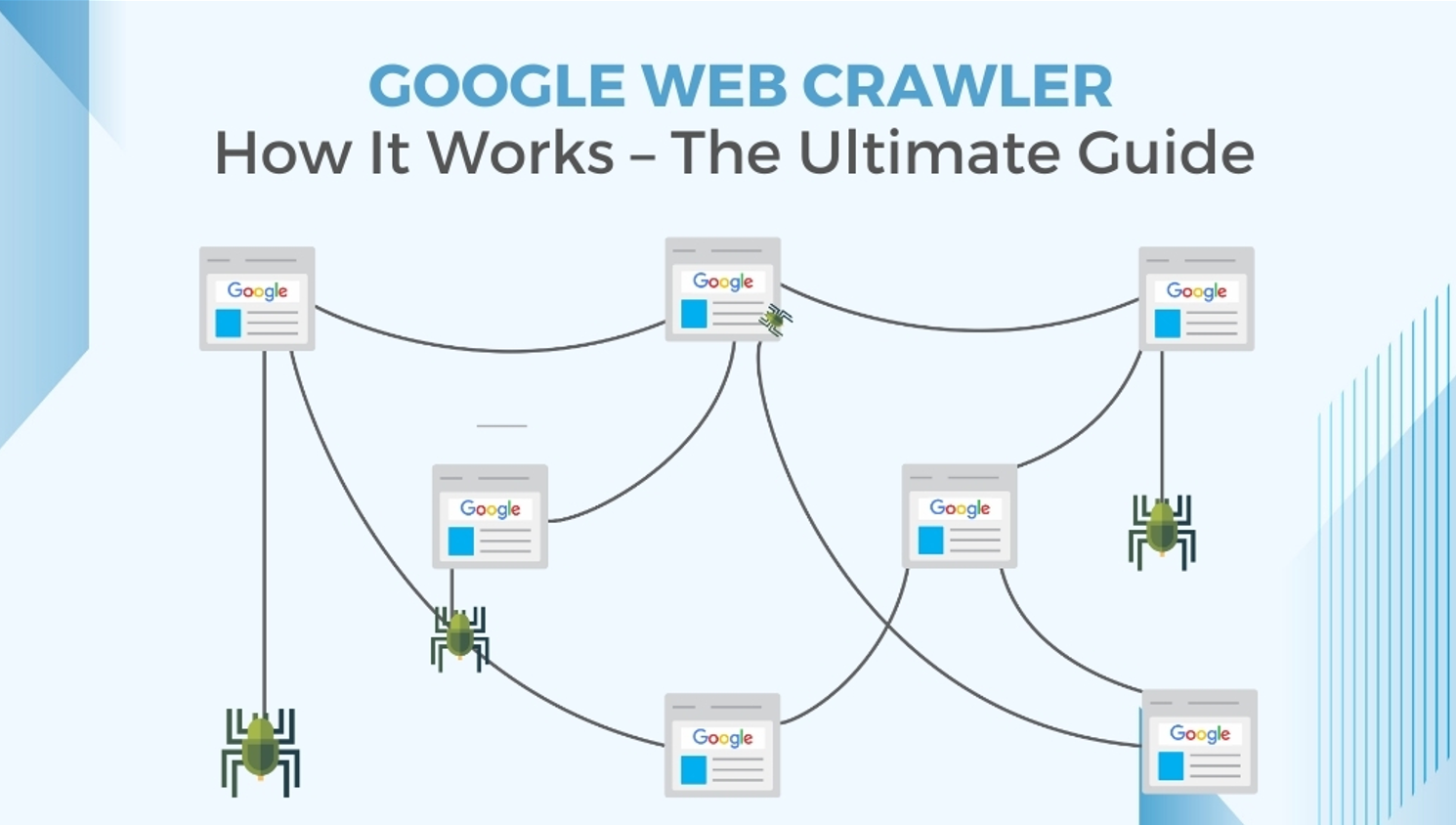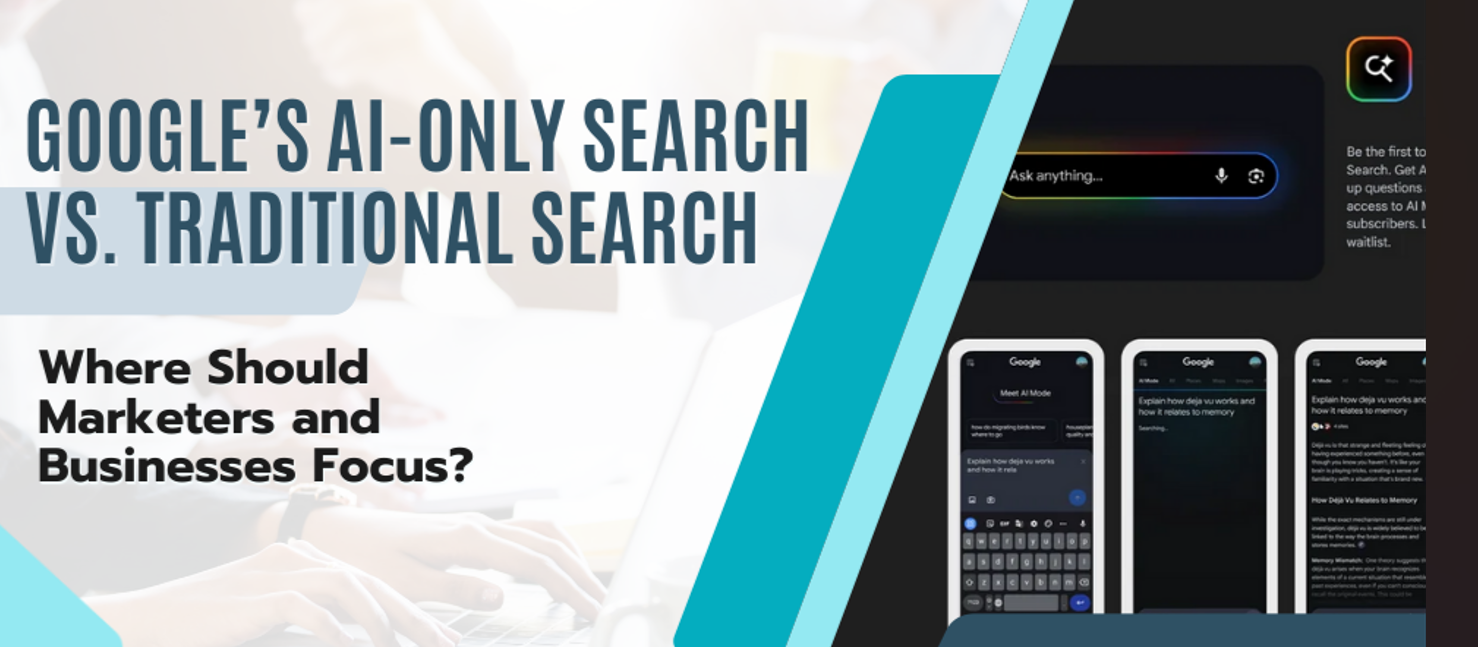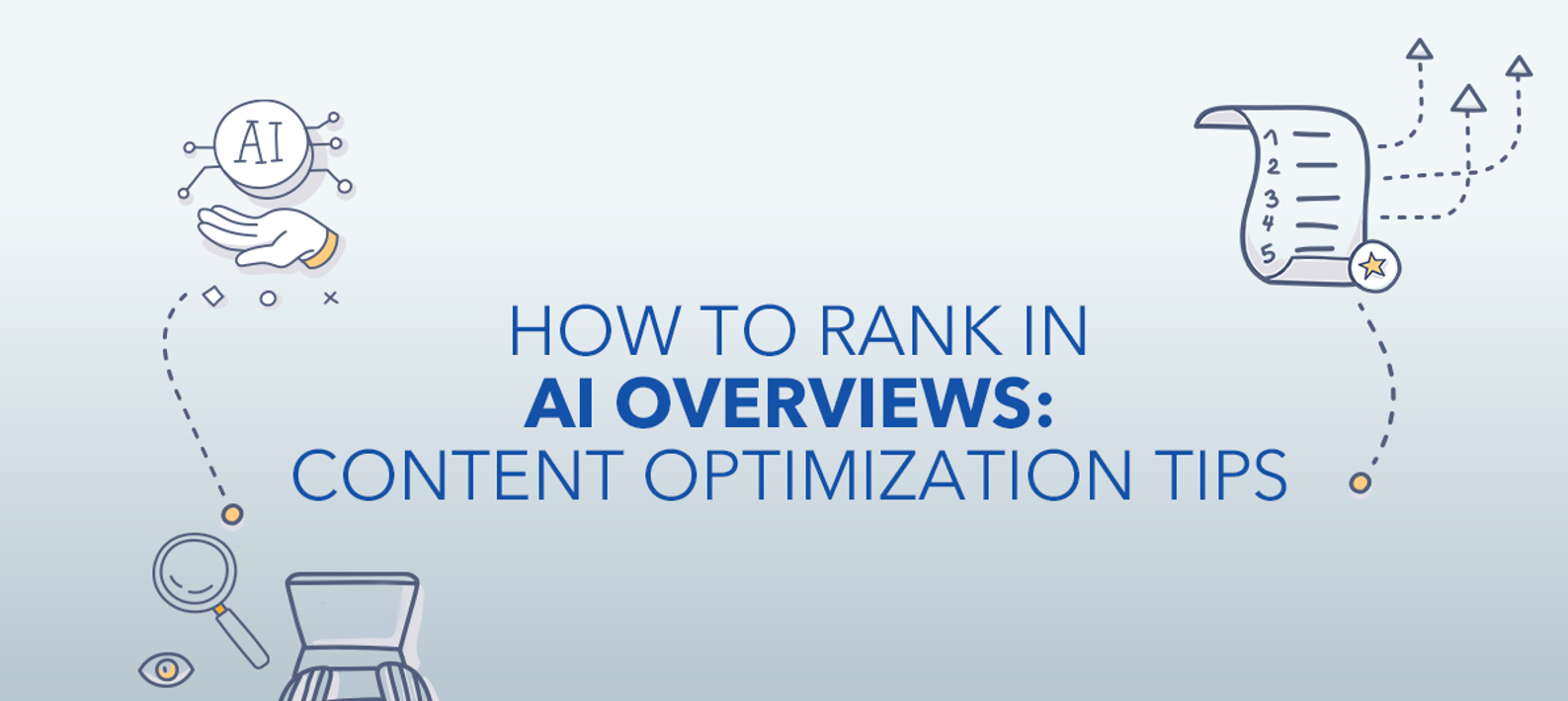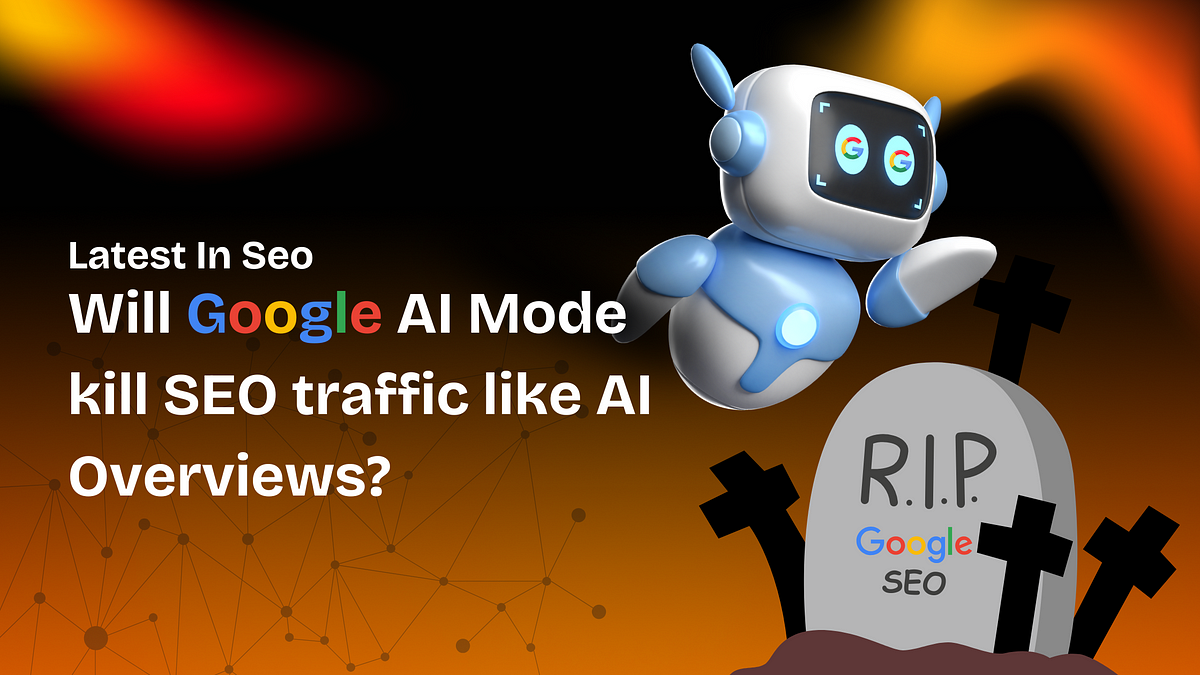If you’ve ever wondered how your website shows up on Google, it all comes down to the Google crawler. But what is this crawler, how does it work in 2025, and why does it matter for your business? Understanding this can help you make smarter choices when it comes to your website, SEO services, performance marketing, brand positioning, and even PPC services. Let’s break it down in simple, engaging language.
What Is the Google Crawler?
Think of the Google crawler like a busy librarian who goes from shelf to shelf, collecting information about every book. In the online world, these “books” are your web pages.
The crawler’s job is to find new pages, check what they’re about, and decide where they should appear in Google’s search results. This is how people find you online when they search for things related to your business.
How Crawling Works: The Basics
Here’s a simple view of how Google crawling happens:
- Discover: Google finds a page through links on other pages or when you submit your website directly.
- Crawl: The crawler visits the page, reads its content, and looks at all the links on it.
- Index: If the page is good and valuable, Google saves it in its massive library (the index).
- Rank: Google then decides when and where to show this page when people search for something.
What’s Different About Crawling in 2025?
Google’s crawler in 2025 is more intelligent than ever. Here’s what has changed:
1. AI-Powered Understanding
In 2025, the Google crawler doesn’t just read words on a page. It utilises artificial intelligence to comprehend the meaning of your page and determine whether it genuinely assists users. This means stuffing pages with keywords no longer works. Straightforward, helpful content always wins.
2. Better at Handling Dynamic Content
Websites have become increasingly complex, incorporating apps, videos, and interactive features. Today’s crawler can process this dynamic content better than before. If you have videos, user reviews, or interactive tools, Google can read them and determine how they benefit users.
3. Faster Crawling, Smarter Limits
Google now uses advanced algorithms to crawl only what’s needed. It won’t waste time on pages that add no value. That’s why it’s more important than ever to keep your pages up to date and free from broken links or duplicate content.
4. Focus on User Experience
Google’s crawler looks at more than just text. It checks page speed, mobile-friendliness, safe browsing, and overall user experience. If people stay on your site longer, it’s a positive sign. This directly connects SEO with your performance marketing and brand positioning — a good user experience supports them all.
Why Crawling Matters for SEO
If Google’s crawler can’t find or understand your website, you won’t appear in search results — it’s that simple. Here’s why crawling is so critical:
- Visibility: Crawling is the first step to being found online.
- Relevance: Google checks if your content matches what people are searching for.
- Ranking: Better crawlability helps your site rank higher for the right searches.
- Trust: A well-optimised site appears credible to Google, which in turn builds trust with your audience.
How to Make Your Website Easy to Crawl
Keeping your website easy to crawl should be part of your ongoing SEO strategy. Here are some practical steps you can take:
1. Keep a Clear Site Structure
Your pages should be connected logically. Use clear menus, internal links, and easy navigation. This helps the crawler navigate your site efficiently without getting stuck.
2. Use Updated Sitemaps
A sitemap is like a map for the crawler. It shows all the essential pages you want Google to find. Make sure your sitemap is up to date and submitted to Google Search Console.
3. Fix Broken Links
Broken links waste the crawler’s time and frustrate users. Regularly check your site for dead links and fix them.
4. Improve Page Speed
Slow websites are detrimental to both users and crawlers. A faster website means better crawl efficiency and a better user experience, which connects back to your brand positioning.
5. Use Robots.txt Wisely
Robots.txt files instruct crawlers on which pages to exclude. Use it carefully. Don’t accidentally block pages that people want to find.
How Crawling Connects to Performance Marketing
A well-crafted website supports your entire digital strategy. Effective crawling enhances your SEO services, boosts organic reach, and complements your performance marketing and PPC efforts. When your site is easy to crawl and index, you spend less money chasing traffic through ads alone. Instead, you build steady, organic growth.
How Crawling Supports Brand Positioning
When your content is clear, well-structured, and easy to find, you look more credible in your industry. People trust brands they see high in search results. A well-crawled, well-ranked site shows you care about providing valuable information.
Your Ongoing Checklist for 2025
Keeping up with best practices for crawling is not a one-time task; it requires ongoing attention. Here’s a quick checklist you can revisit regularly:
- Check Google Search Console for crawl errors.
- Update your sitemap when you add or remove pages.
- Keep your content fresh and relevant.
- Test your site speed and mobile usability.
- Monitor backlinks and internal links.
- Work with trusted SEO services if needed.
In 2025, the Google crawler is more advanced than ever — but its goal is still the same: to find the best, most helpful content for real people. To keep your business visible online, ensure your website is easy to find, understand, and trust.
Crawling isn’t just an SEO thing. It touches every part of your digital growth, from performance marketing to brand positioning and PPC services.



